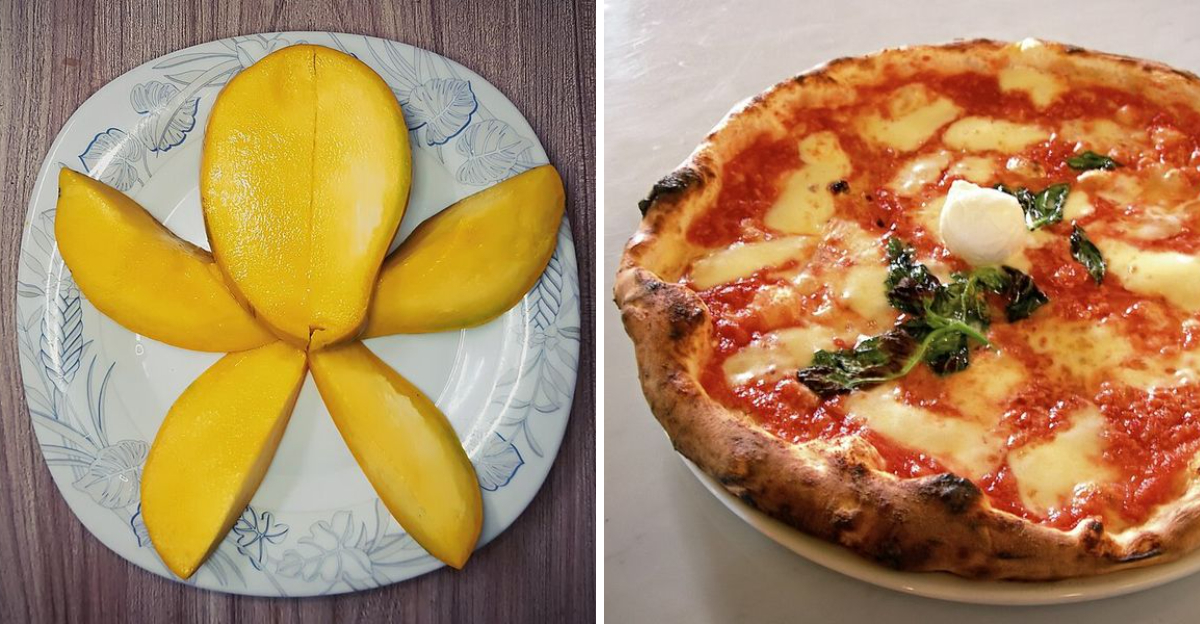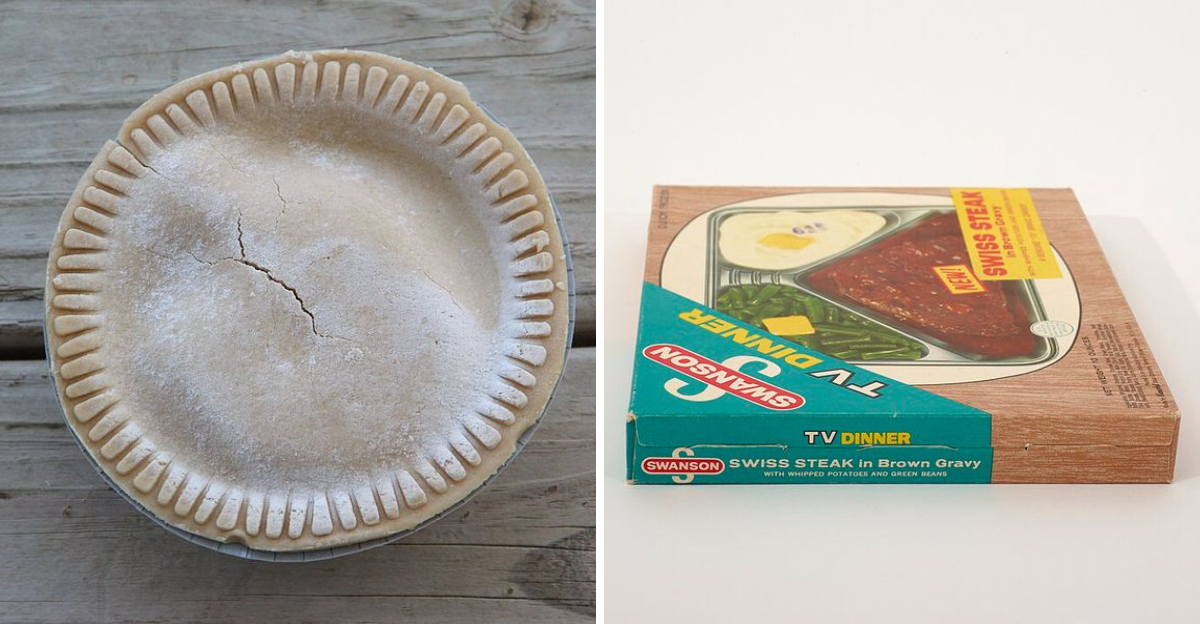The Essential Rules For Making A Truly Perfect Lasagna
Every Italian grandmother will tell you that lasagna is more than just a recipe – it’s a tradition, a work of art, and a lesson in patience.
When two seasoned Italian mothers share their wisdom, you listen closely because they know the secrets that turn a good lasagna into an unforgettable one.
The most important step? Letting your lasagna rest after baking, giving those gorgeous layers time to settle and hold together beautifully when you slice into them.
This article is intended for general informational and cooking-education purposes. While care has been taken to ensure accuracy, recipes and traditions can vary by region and household. Readers should adjust methods for dietary needs, equipment, and local conditions.
Let The Lasagna Rest Before Cutting
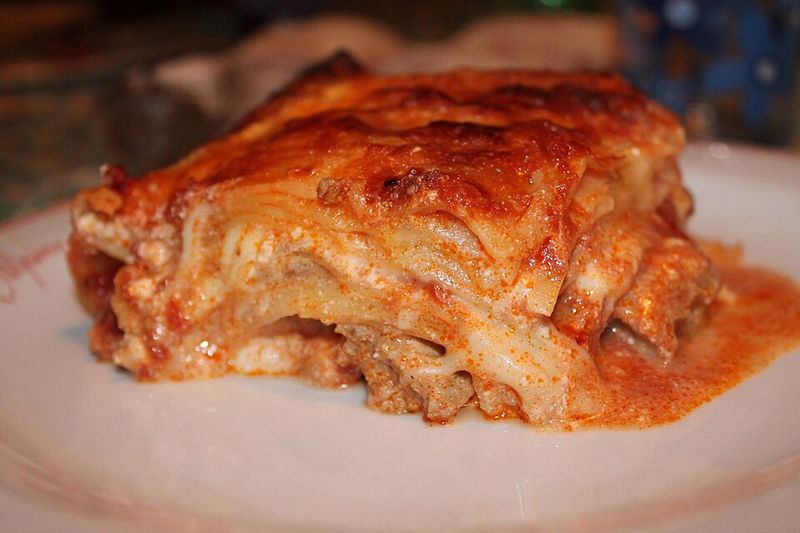
Picture this: you’ve just pulled a bubbling, golden lasagna from the oven, and every fiber of your being wants to dig in immediately. However, rushing this moment is the number one mistake home cooks make! If you slice into hot lasagna right away, all those beautiful layers will slide apart into a saucy mess on your plate.
Patience pays off here. Give your masterpiece at least 10 to 20 minutes to cool and set outside the oven. During this resting time, the cheeses firm up, the sauces thicken slightly, and everything melds together into perfect, clean slices.
Think of it like a superhero needing a moment to recharge before the big reveal – your lasagna deserves that same respect!
Use Béchamel Instead Of Ricotta
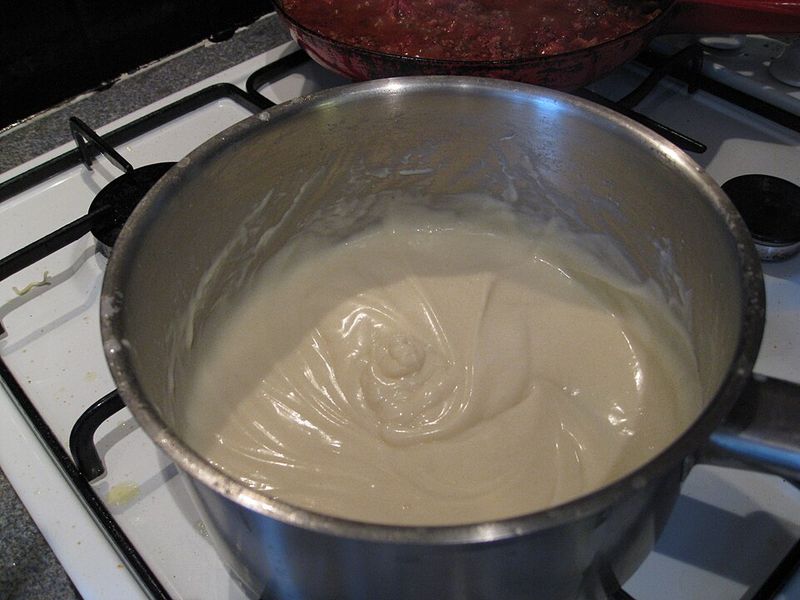
If you grew up eating American-style lasagna, you probably know ricotta as the go-to creamy layer. But authentic Lasagne alla Bolognese from Italy tells a different, creamier story! Traditional Italian mothers reach for béchamel sauce (called besciamella in Italy) instead, creating silky layers that bind everything together like culinary magic.
Béchamel brings a smooth, luxurious texture that ricotta just can’t match. Made from butter, flour, and milk, this classic French sauce adopted by Italian kitchens adds richness without the grainy texture ricotta sometimes has. Layer it with your ragù and Parmigiano-Reggiano for an experience that’ll transport your taste buds straight to Bologna.
Just saying, once you go béchamel, you might never look back!
Build A Proper Ragù Alla Bolognese
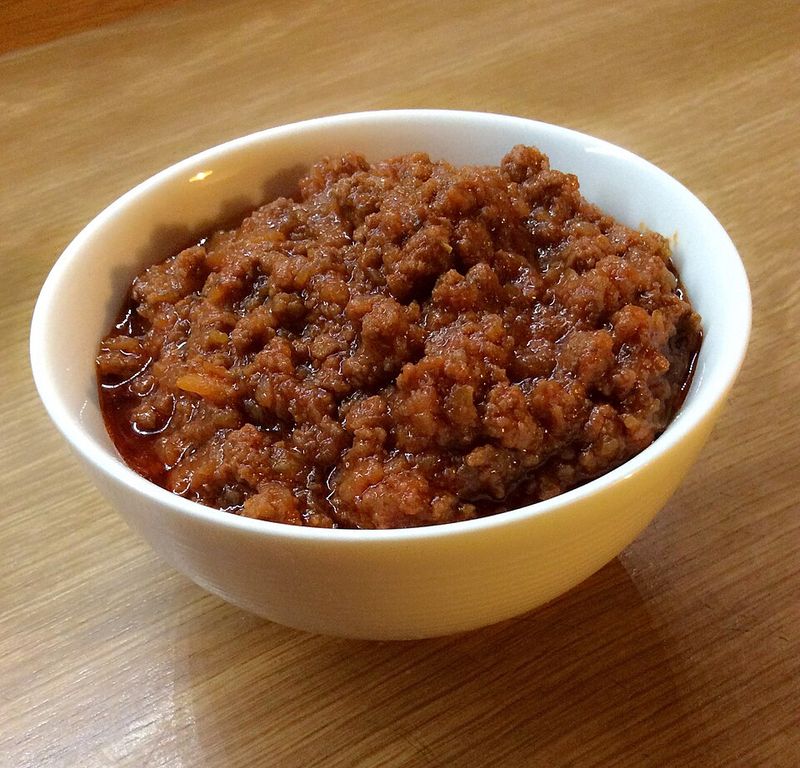
Ragù alla Bolognese isn’t just meat sauce – it’s a slow-cooked symphony of flavors that requires time, respect, and a little bit of soul. Authentic ragù simmers for hours, allowing beef, pork, tomatoes, and aromatics to meld into something truly spectacular. Rushing this step is like trying to microwave a friendship; it just doesn’t work the same way!
The secret lies in balance and patience. Your ragù should be thick enough to coat pasta but not so chunky that it makes your lasagna lumpy. Thin, even layers of this meaty goodness between pasta and béchamel create the structure that holds everything together beautifully.
Think of ragù as the backbone of your lasagna – strong, dependable, and absolutely essential!
Roll Or Choose Thin Pasta Sheets

Thick, gummy pasta sheets can turn your elegant lasagna into a heavy, doughy disappointment faster than you can say “mamma mia!” Italian mothers know that thin pasta is the foundation of lasagna perfection. Whether you roll your own fresh egg pasta or choose high-quality dried sheets, keeping them thin prevents that bulky, overwhelming texture nobody wants.
Fresh pasta sheets offer unbeatable tenderness and flavor, but good dried lasagna noodles work beautifully too. Some cooks boil them briefly, while others soak them in warm water before layering. Either way, thin is in!
Where does thickness matter most? Right here, because your sauce and cheese deserve the spotlight, not heavy pasta stealing the show.
Start With Sauce In The Baking Dish

Before you even think about laying down that first pasta sheet, spread a thin layer of ragù (or béchamel) across the bottom of your baking dish. This simple trick prevents sticking and ensures your bottom layer cooks evenly without drying out or burning. It’s like giving your lasagna a cozy blanket to rest on!
Though it seems like a small detail, this foundational layer makes a huge difference in the final result. Your bottom pasta sheets will stay tender and flavorful instead of turning crispy or tough. Plus, cleanup becomes easier when nothing is glued to the pan.
Smart cooks know that great lasagna starts from the ground up – literally!
Season Béchamel With A Pinch Of Nutmeg
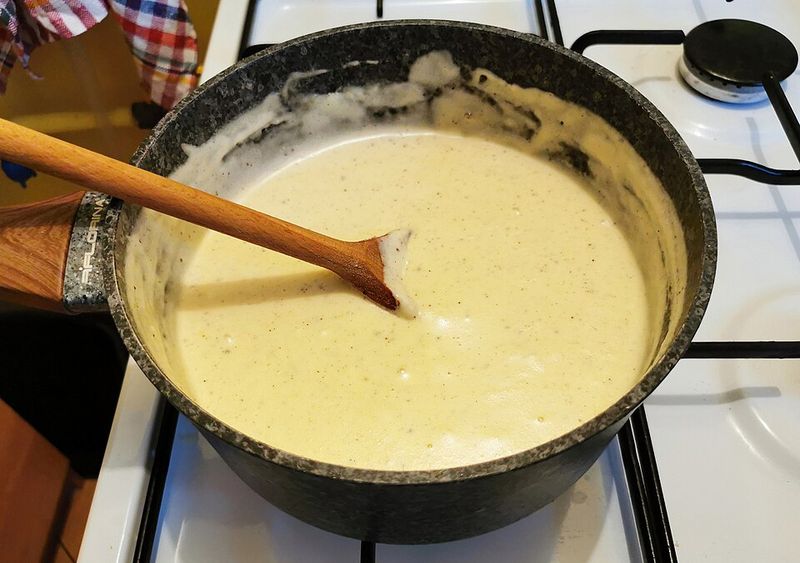
Here’s a tiny ingredient that packs a flavor punch worthy of a superhero origin story: freshly grated nutmeg! Traditional Italian cooks always add a whisper of this warm, aromatic spice to their béchamel sauce. It doesn’t make the sauce taste like pumpkin pie (don’t worry); instead, it adds depth and complexity that elevates the entire dish.
Just a small pinch, we’re talking barely visible amounts – transforms plain white sauce into something mysteriously delicious. Nutmeg brings out the creaminess of the milk and butter while adding subtle warmth that complements the rich ragù perfectly.
If béchamel is the supporting actor in your lasagna, nutmeg is the secret coaching that wins it an Oscar!
Keep Layers Thin And Even
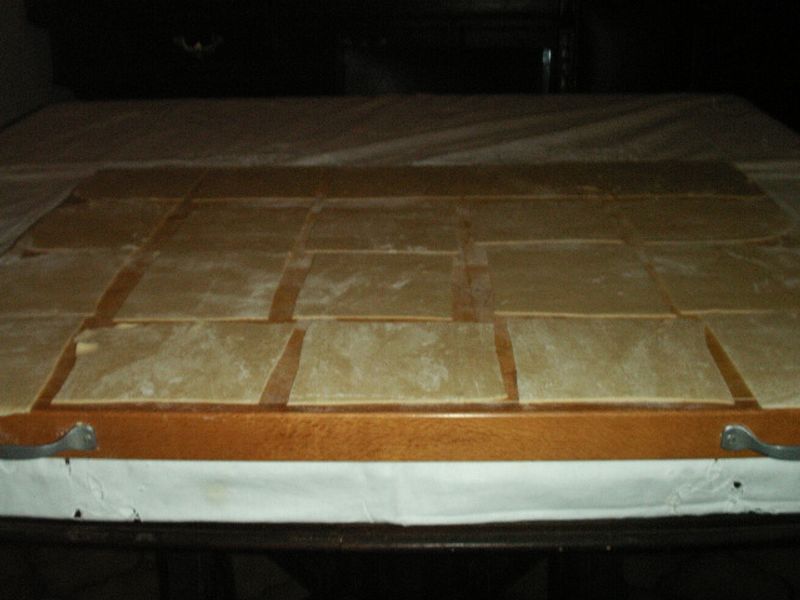
More layers with less sauce each time might sound counterintuitive, but it’s the architectural secret behind lasagna that actually holds its shape when cut. Thin, measured amounts of ragù and béchamel spread evenly across each pasta layer create structure and balance. Thick, goopy layers might look impressive going in, but they’ll collapse into a landslide on your plate!
Think of building lasagna like constructing a layer cake – precision matters. Each thin layer contributes to the whole without overwhelming its neighbors. When everything is proportional, your fork glides through cleanly, picking up a perfect bite every single time.
Share your thoughts below if you’ve mastered the art of thin layers, or pass this on to someone who’d smile reading it!




